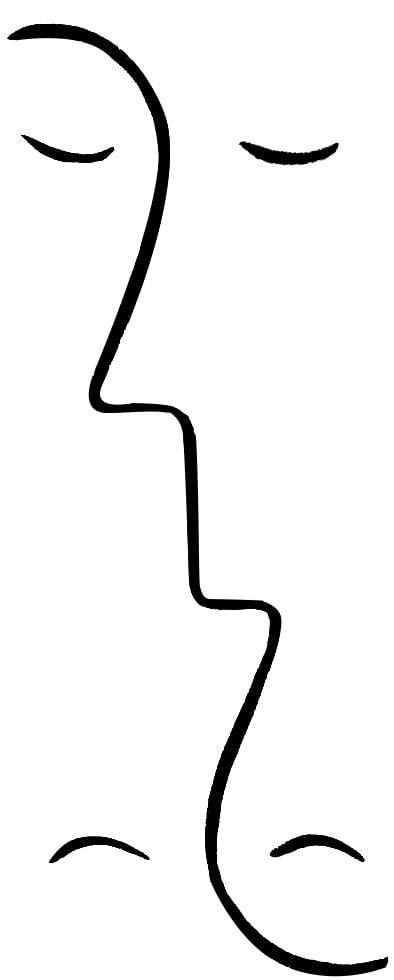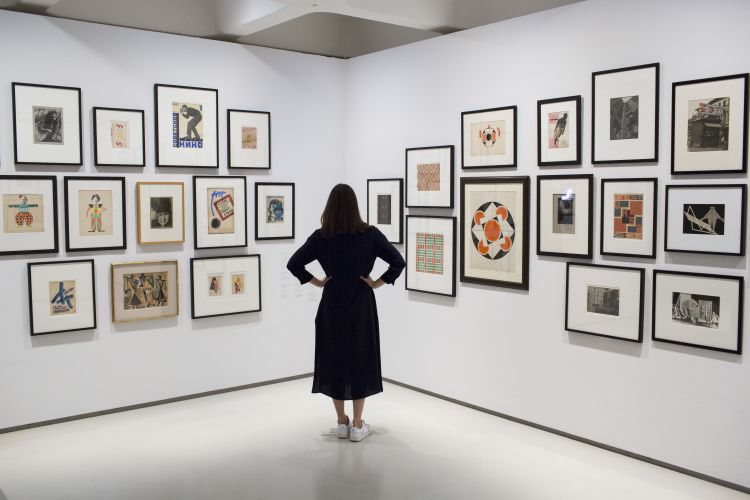Modern Couples:
Jean Arp &
Sophie Taeuber-Arp
(1915-1943)
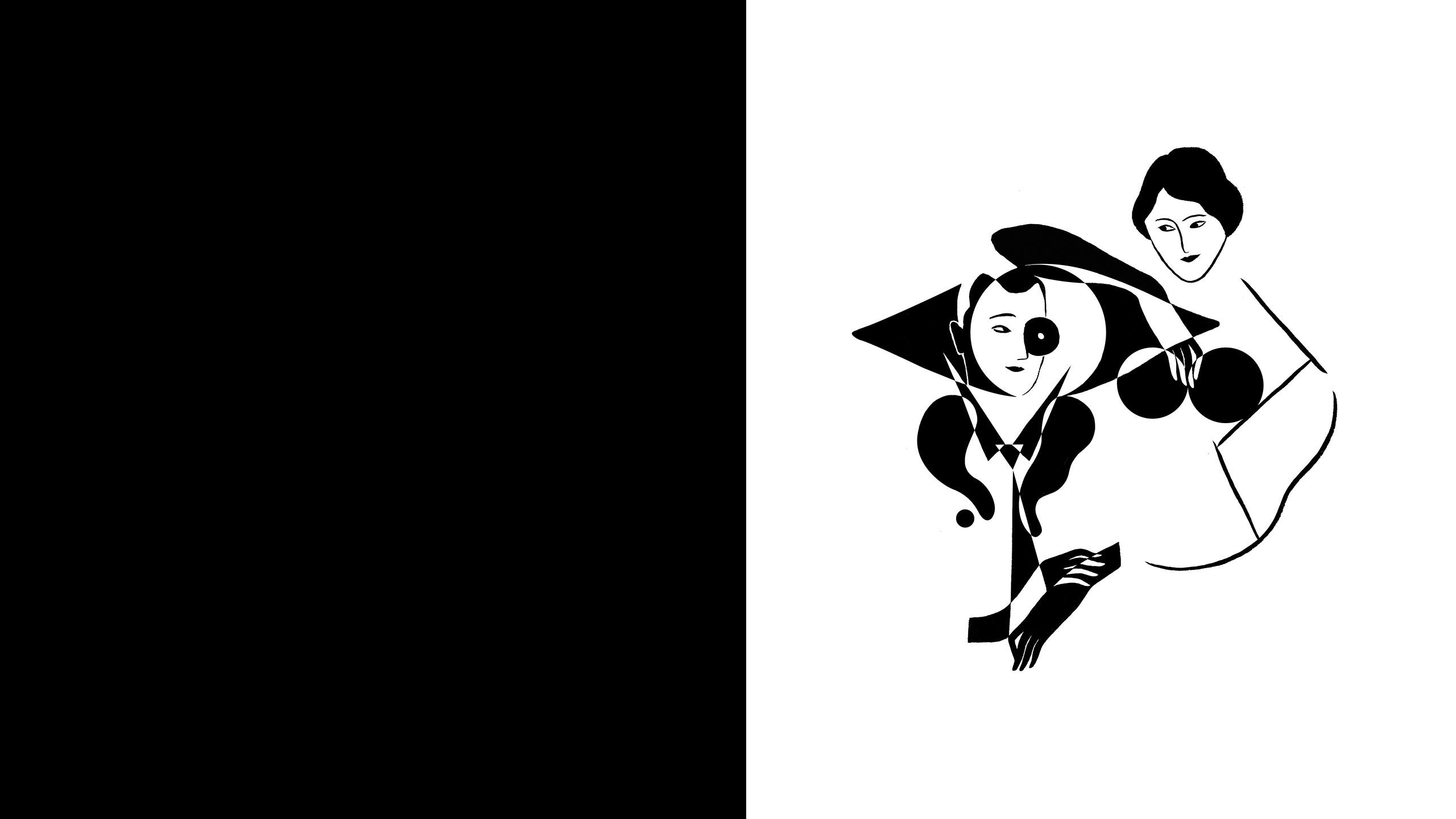
‘The exhibition that was held at the Galerie Tanner in Zurich, in November 1915, was to be the greatest event of my life. It was where I met Sophie Taeuber for the first time.’
Jean Arp
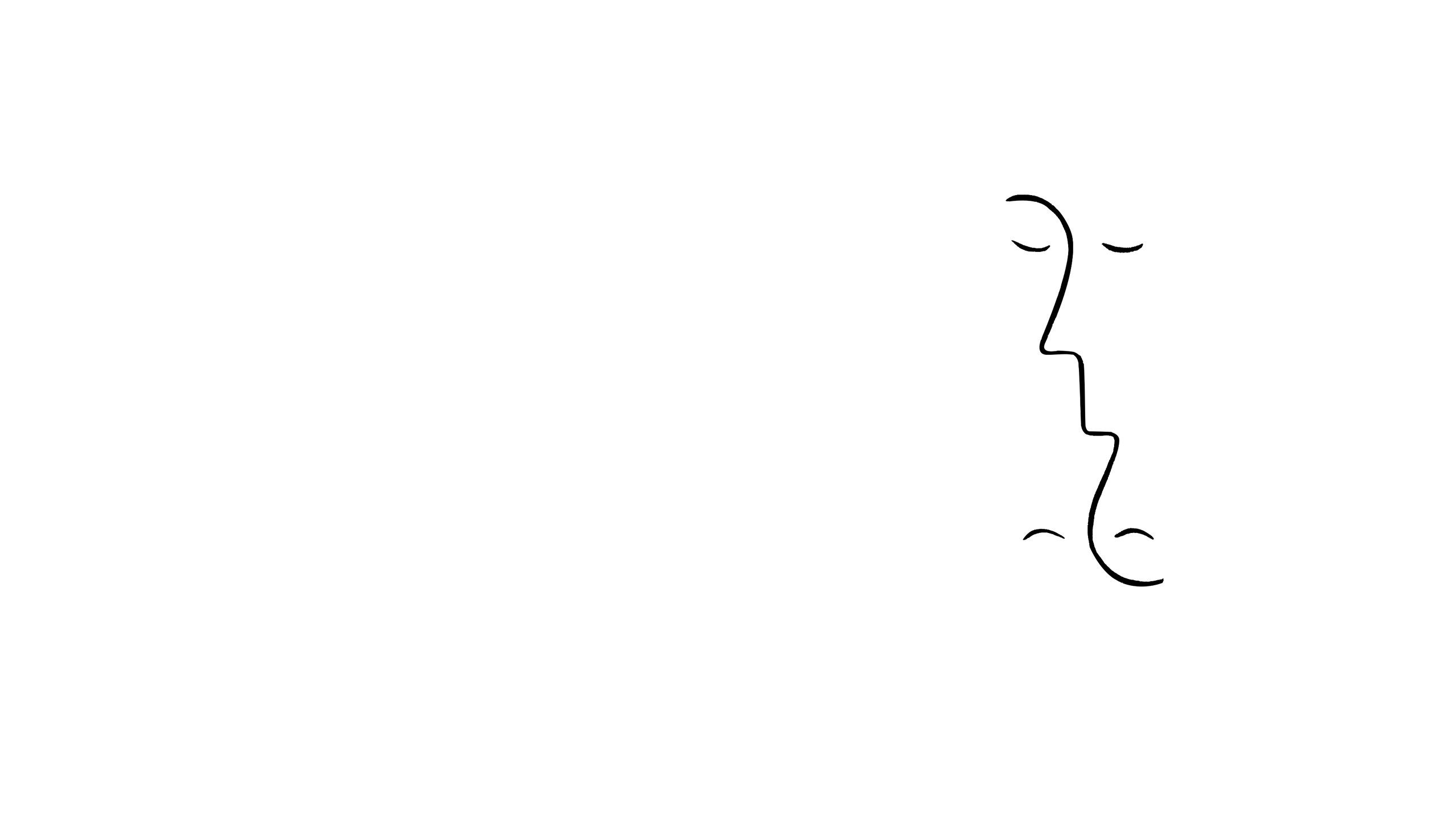
Sophie Taeuber (1889–1943) had been living in Zurich since 1914 and had established herself within one of the most forward-thinking artistic movements of the day, Dada. In 1915, Taeuber visited an exhibition of Jean Arp’s work. The two met and immediately began collaborating and creating together, a creative relationship that would last for almost three decades before her tragic death in 1943.
Jean Arp (1886–1966) was a poet who experimented with painting, sculpture and collage and was equally immersed in the Dada adventure, alongside leading lights Hugo Ball, Tristan Tzara and Marcel Janco.

Taeuber brought something new to her work. She followed the teachings of the freestyle choreographer, Rudolf von Laban and performed with Mary Wigman at the most happening place in town, the Cabaret Voltaire. Her work therefore uniquely combined an interest in dance and movement, with a love of geometric abstraction developed as a result of her work in embroidery and tapestry.
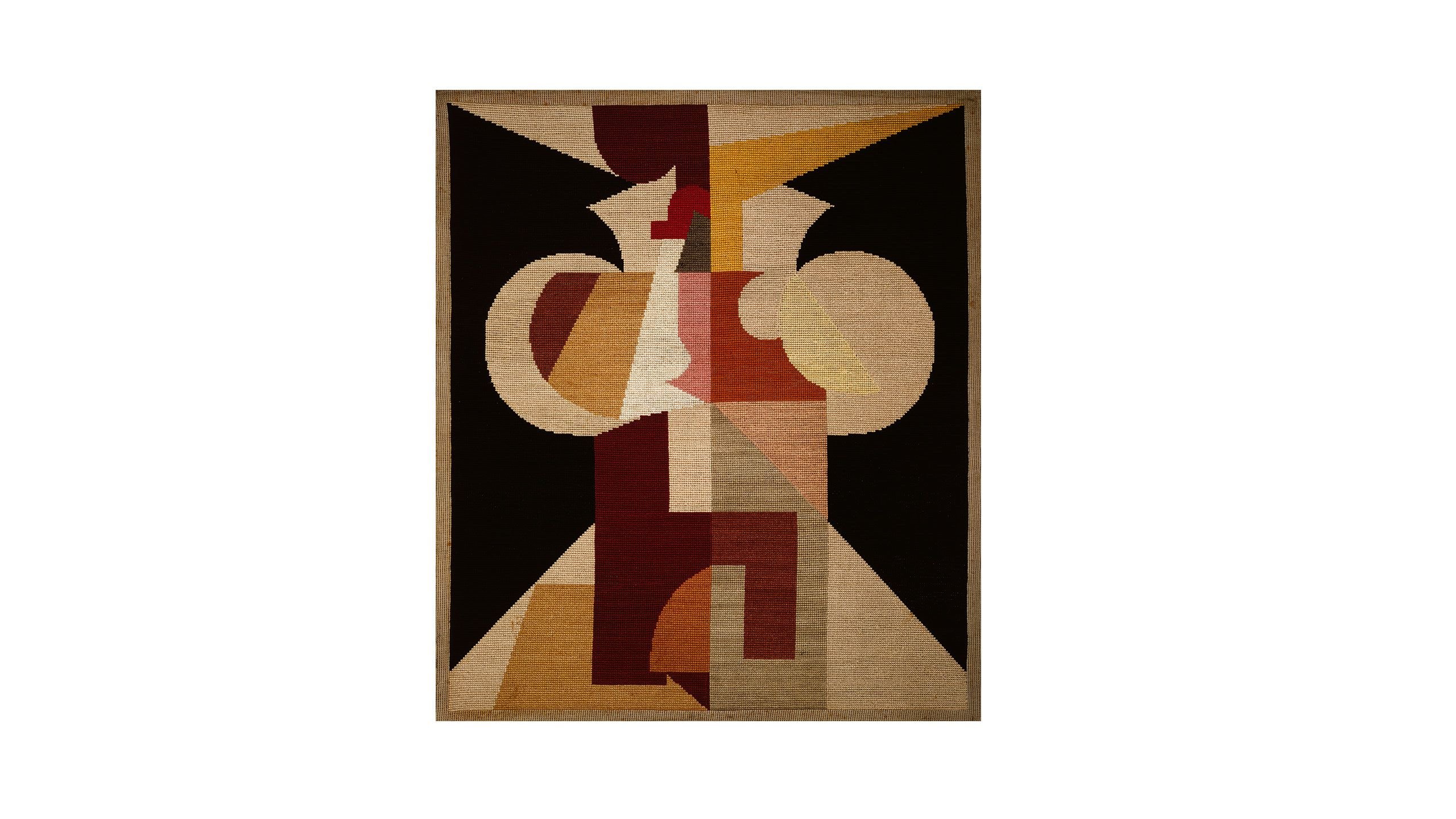
It was Taeuber’s interdisciplinarity and early involvement in abstraction that caught Arp’s attention, admiring her ‘courageous use of rectangles’. Their collaborations would soon be described by the artists as ‘concrete’, revealing the goal that animated the pair: to remove all traces of the artist’s hand in favour of anonymous and join works that let the laws of chance take effect and allowed nature to take centre stage.

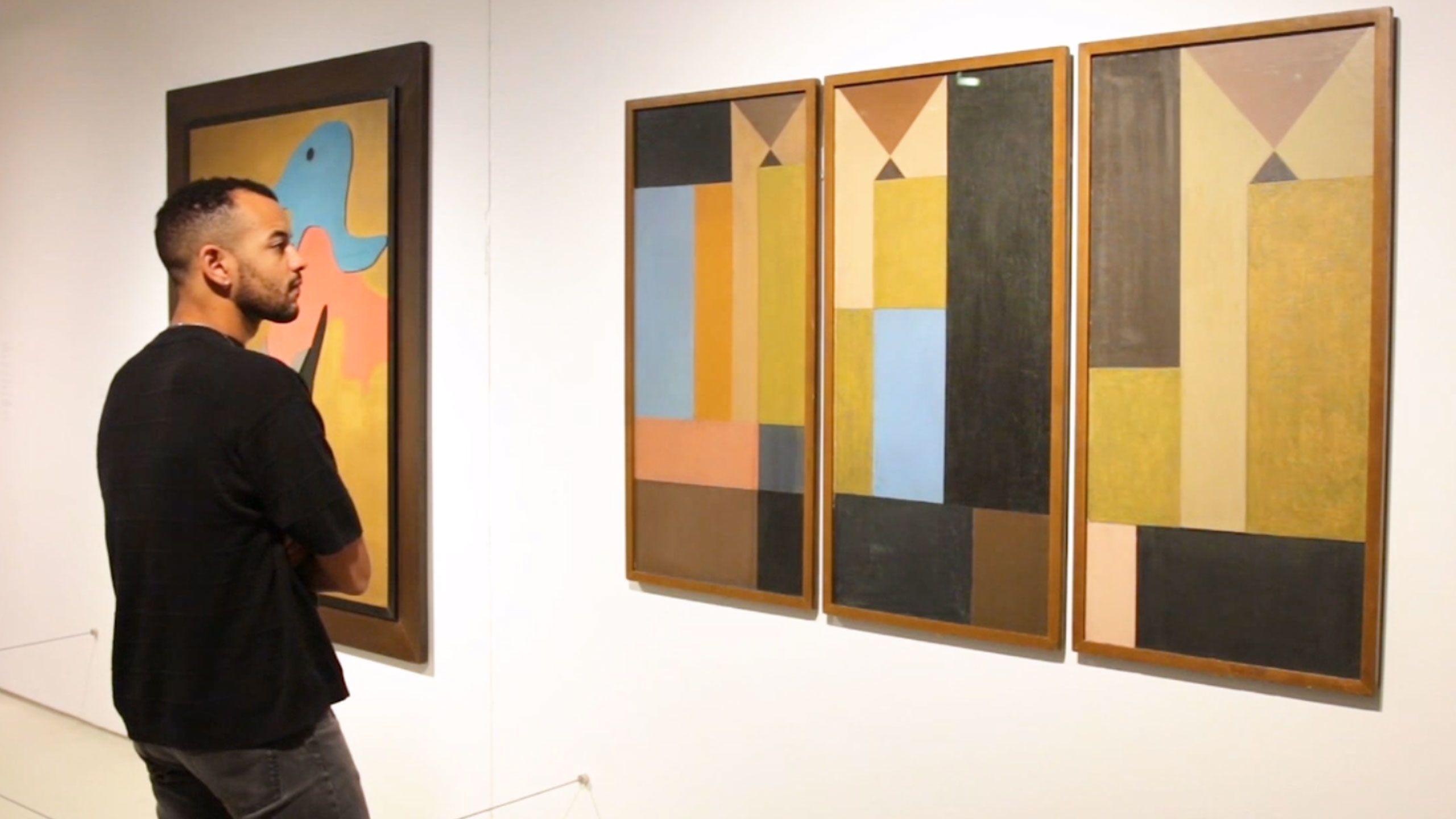
Their immensely creative relationship came to a tragic end in 1943 with Sophie Taeuber-Arp’s accidental death, asphyxiated by stove fumes at the home of her friend, Max Bill, in Zurich. Devastated by her death, Arp retreated to a monastery. Eventually, he began to create again and wrote a series of poems to his deceased wife.
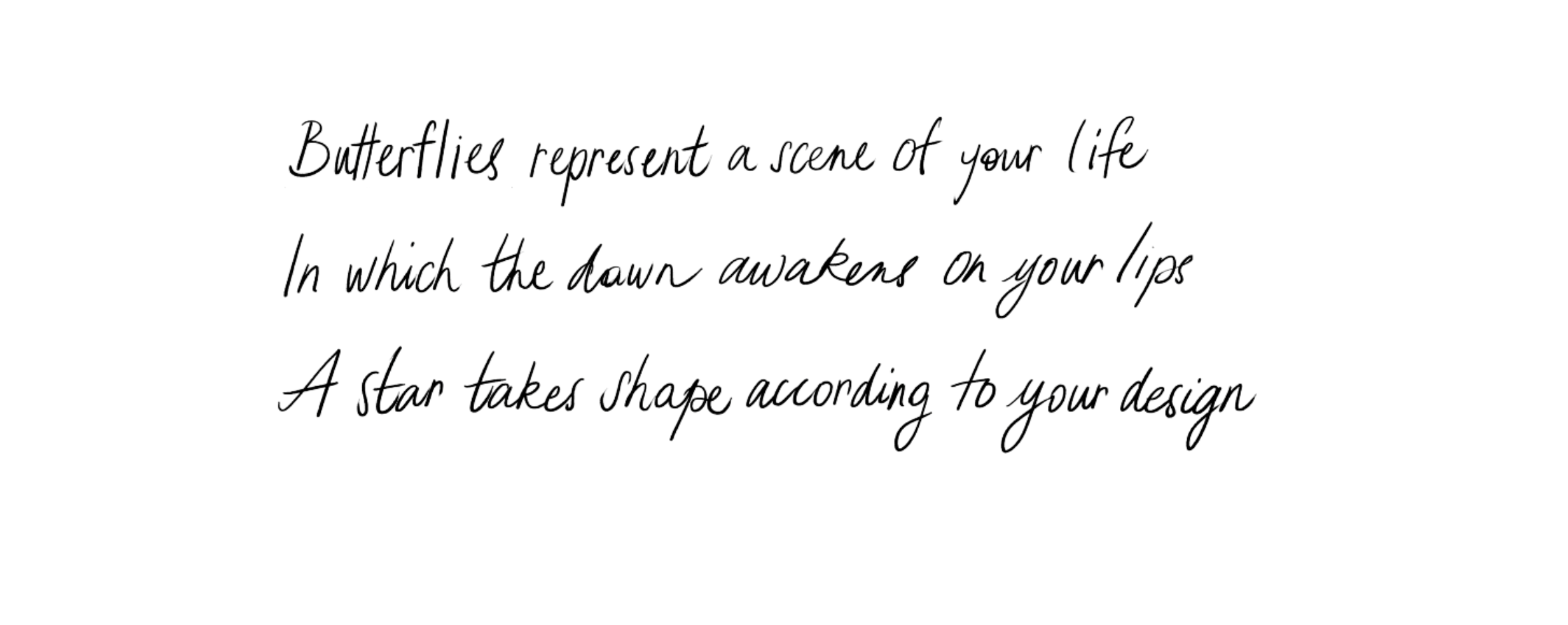
Sophie
What was your dream
When you left this shore
Did you dream of a raft of stars adrift,
Did you dream of a gulf of candor?
You pushed aside the intransigent spheres
To pick a flower
You were resonant with a world of light
Butterflies represent a scene of your life
In which the dawn awakens on your lips.
A star takes shape according to your design
The curtain of day falls on the dreams
You are a star changing into a flower
The light slips beneath your feet
Radiant wings surround you like a hedge
The flower is cradled on your wings.
It wears a jewel of dew.
It dreams a tear of sensibility.
Its kisses are pearls.
It vanishes, it vanishes,
In its own light
It vanishes, it vanishes
In its purity and gentleness.
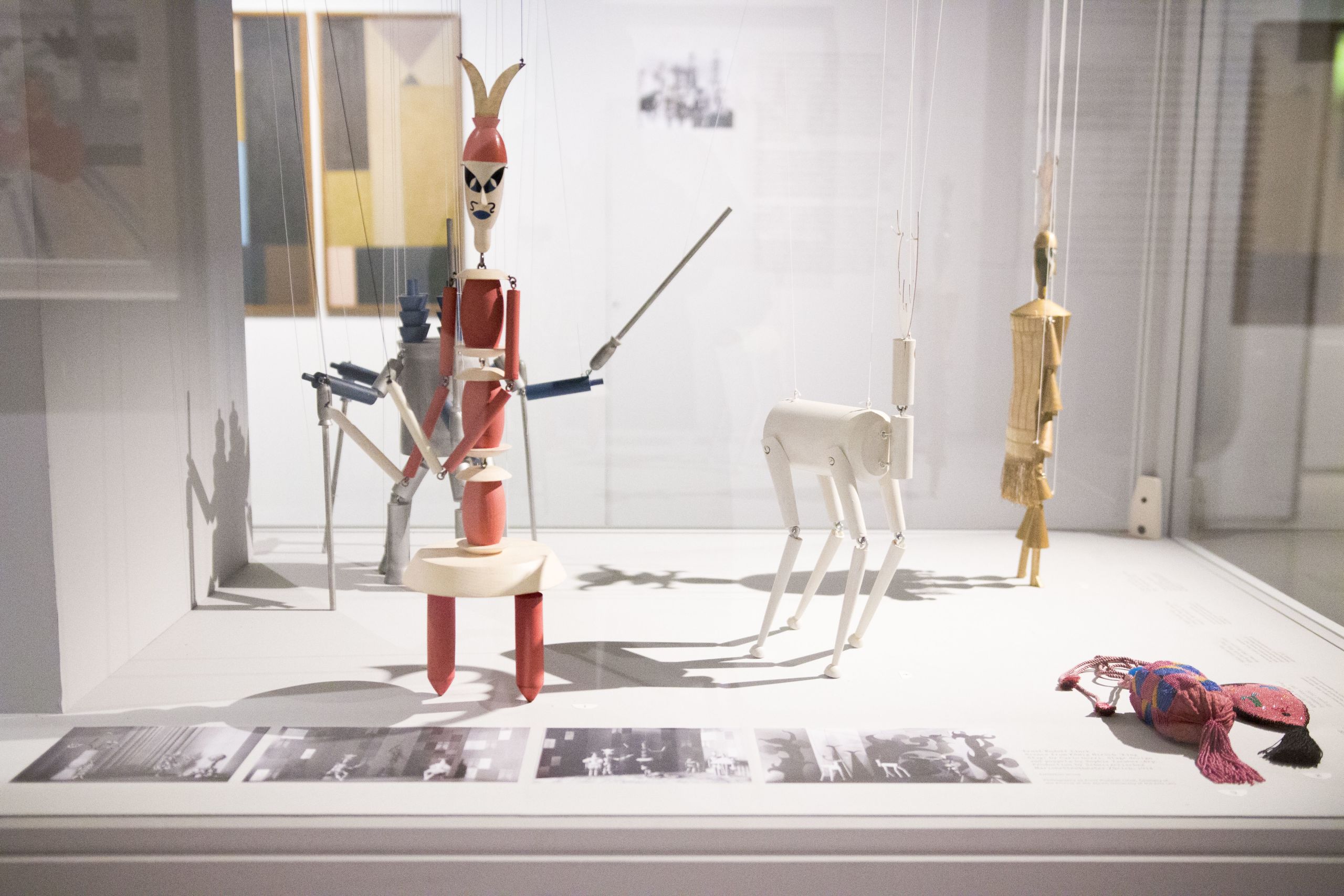
Arp created collages that incorporated her work, as if trying to rekindle their union. Arp gained international recognition which grew until his death in 1966. He used this recognition as a platform to promote Sophie’s work, giving it pride of place in his exhibitions.


Modern Couples: Art, Intimacy and the Avant-garde
10 Oct 2018—27 Jan 2019
Explore modern art and modern love; Modern Couples reveals how relationships can become a playground for creativity.
Events
The exhibition will be accompanied by a public programme including curator tours of the exhibition and talks exploring couples and creativity.
Watch the exhibition trailer:
Illustrations by Estine Coquerelle @estine.coquerelle
Estine Coquerelle is a 23-year old illustrator based in France.
Photo: Modern Couples: Art, Intimacy and the Avant-garde. Installation view © John Philips / Getty Images

